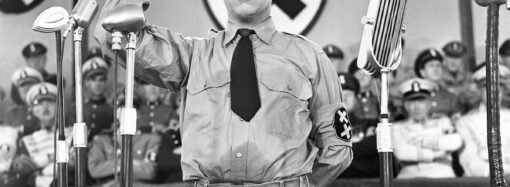By Ron Tognetti
Colorado taxpayers and their representatives are often criticized for their alleged lack of support for public education. We are told with great frequency that one result of this inattention is the fact that teachers must struggle with large class sizes. Larger class sizes, so the conventional wisdom states, detract from providing the personal, considerate attention students require in order to succeed in the classroom.
Due to last November’s voter decision not to let state government spending grow faster than the state Constitution allows, it may be a safe bet to assume that no huge increases in state educational funding may be forthcoming. Therefore, class sizes may remain at current levels unless some sort of innovation is forthcoming.
In the spirit of innovation and self help, and at the same time showing the utmost respect to the state’s taxpayers, I would like to propose a test for those who run our schools.
This test, involving the reduction of class sizes, should focus at first only on elementary instruction. Each school district can easily identify those schools which supposedly suffer most from overcrowding, and from those “candidates” five or six should be chosen. These school campuses would then be prepared with temporary but adequate classroom space in order to allow for an agreed-upon student/teacher ratio — say 16:1 — to be realized.
Each district should then turn inward in order to find current qualified teaching assistants and central office staff to fill the teaching positions for the new classrooms which our experiment will create. Assistants already familiar with the student population at the candidate schools wouldn’t require much in the way of orientation when assuming a leadership role in the classroom.
With sufficient teaching talent being drawn from existing overhead, the district would not require any additional funding for this test. If qualified teachers cannot be found internally or convinced to move from district headquarters back to the classroom, then new talent will need to hired. To compensate for this and any other cost of the test, an appropriate number of administrative personnel and all of their associated overhead would be furloughed for the test’s two year period.
Standardized test scores and performance grades from each student effected by the experiment would be compared year to year.
After the two year experiment period, each school district should have a result. If student standardized test results and the performance of students in classrooms with lower student: teacher ratios improves, a strong case can be made for continuing or expanding the experiment, and for finding other ways to lower the student: teacher ratio.
If no improvement results from this experiment, then school board and teachers union lobbyists should give up lobbying for lower student: teacher ratios.
Are those who run our schools willing to try a practical experiment to see if lowering the student: teacher ratio really improves student performance? If not, then perhaps the real objective of lowering the student: teacher ratio isn’t better performance–but instead more members for the teachers’ unions.
Ron Tognetti is a parent of a child in the Jefferson County Public Schools; he wrote this article for the Independence Institute, a free-market think tank in Golden, .
This article, from the Independence Institute staff, fellows and research network, is offered for your use at no charge. Independence Feature Syndicate articles are published for educational purposes only, and the authors speak for themselves. Nothing written here is to be construed as necessarily representing the views of the Independence Institute or as an attempt to influence any election or legislative action.
Please send comments to Editorial Coordinator, Independence Institute, 14142 Denver West Pkwy., suite 185, Golden, CO 80401 Phone 303-279-6536 (fax) 303-279-4176 (email)webmngr@i2i.org
Copyright 2000







